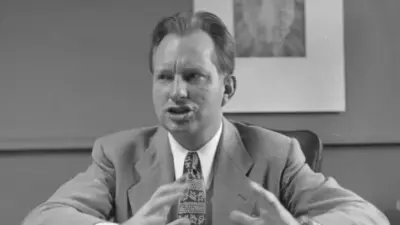Fables, a term that evokes images of talking animals and moral lessons, have been a staple of cultural storytelling across the globe for centuries. These succinct narratives are more than just children’s tales; they are sophisticated vehicles for imparting wisdom and societal values. This exploration will delve into the core characteristics of a fable, supported by examples, to understand their enduring appeal and educational value.
Characteristics of a Fable
Definition and Historical Context
A fable is a short story or folk tale that embodies a moral lesson, often through the actions and dialogues of anthropomorphic animals, inanimate objects, or mythical creatures. The tradition of fables stretches back to ancient civilizations, with the most famous collection attributed to Aesop, a storyteller believed to have lived in ancient Greece.
Core Characteristics of a Fable
Brevity and Clarity
One of the defining features of fables is their brevity. These stories are concise, making them easily digestible and memorable. The narrative is straightforward, focusing on a central incident or conflict that leads directly to the moral lesson. This characteristic ensures that the message is clear and impactful, without the distraction of complex plots or character development.
Anthropomorphism
Fables frequently employ anthropomorphism, where animals, plants, or inanimate objects are given human characteristics, such as the ability to speak, think, and feel. This technique not only captivates the imagination but also serves a didactic purpose. By attributing human traits to non-human characters, fables abstract the moral dilemmas and behaviors being critiqued, making the lessons universally applicable and less confrontational.
Example: “The Tortoise and the Hare”
In this classic fable, the hare boasts about his speed and challenges the tortoise to a race. The hare, confident in his victory, takes a nap mid-race, while the slow and steady tortoise continues on and ultimately wins. The anthropomorphic hare and tortoise illustrate the moral that overconfidence and laziness can lead to unexpected defeat, while perseverance and determination are rewarded.

Moral Lessons
The essence of a fable is its moral lesson, usually explicitly stated at the end of the story. These morals are universal truths or principles that highlight virtues such as honesty, kindness, and perseverance, or caution against vices like greed, arrogance, and deceit. The moral lesson is the cornerstone of the fable, guiding the narrative and intended to impart wisdom to the reader or listener.
Example: “The Boy Who Cried Wolf”
A shepherd boy repeatedly tricks the villagers into thinking a wolf is attacking the flock. When a wolf actually appears and he calls for help, the villagers believe it’s another false alarm and ignore him, leading to the loss of the sheep. The moral, “liar will not be believed, even when he speaks the truth,” warns against the consequences of dishonesty.
Universality and Timelessness
Fables possess a universal appeal that transcends cultural and temporal boundaries. The themes and morals addressed are fundamental human concerns and behaviors, making them relevant across different societies and eras. This timelessness ensures that fables remain popular and significant, passed down through generations as tools for moral and social education.
Simplicity in Characters and Setting
Characters in fables are usually flat, representing specific traits or types rather than complex personalities. This simplicity aids in the clear conveyance of the story’s moral. Similarly, settings are often generic and serve merely as a backdrop for the action, focusing the reader’s attention on the lesson rather than the details of the world-building.
The Educational Value of Fables
Fables are an invaluable educational tool, engaging readers with their narrative charm while instilling ethical principles. For children, fables offer an accessible introduction to the complexities of human behavior and morality. For adults, they provide timeless wisdom and a lens through which to examine societal norms and personal conduct.
Also Read: The Importance of World-Building in Fiction Writing





